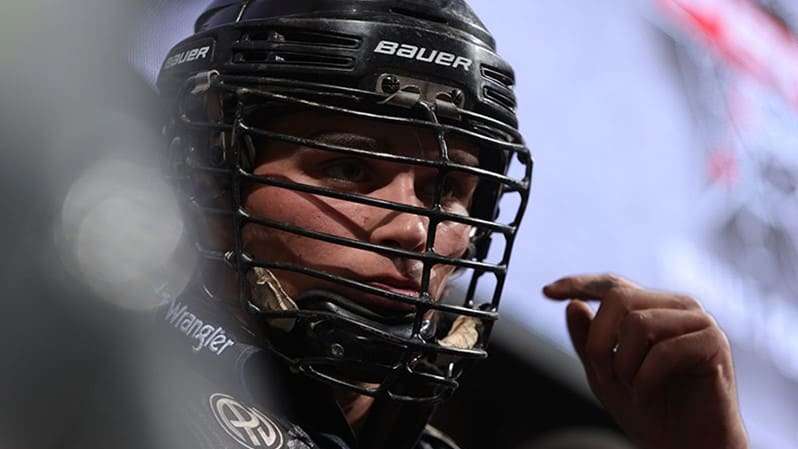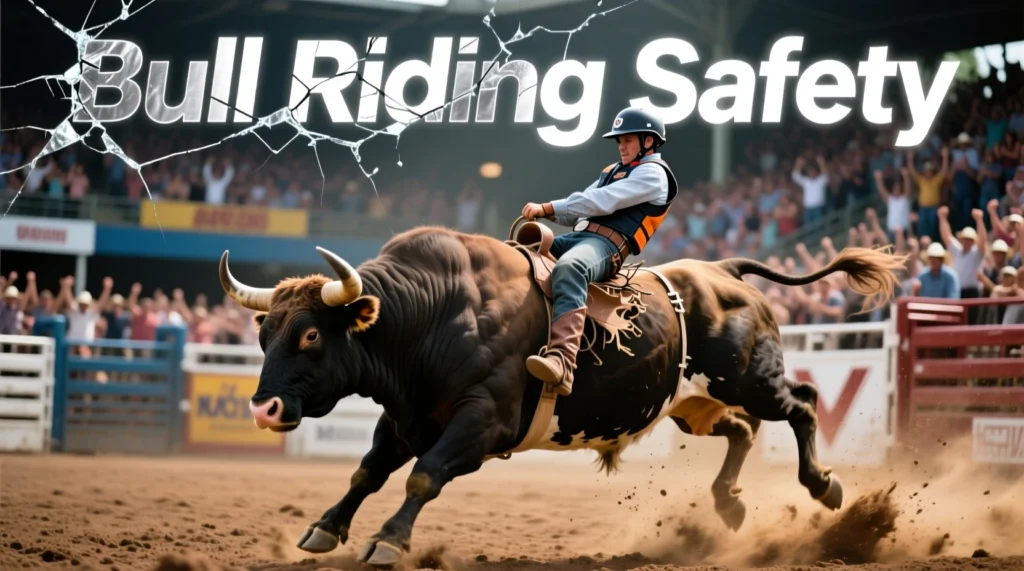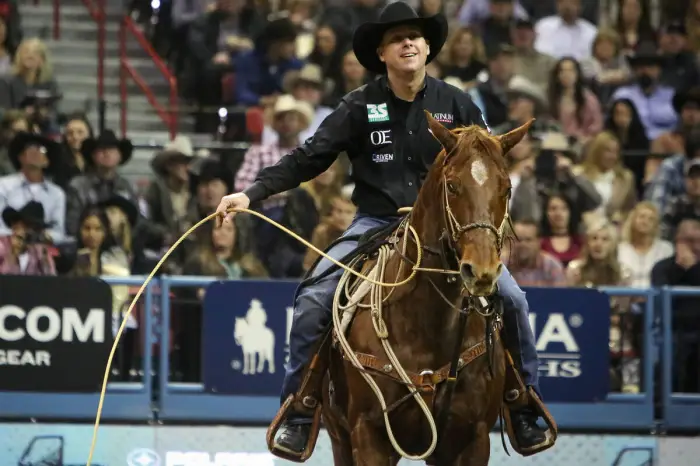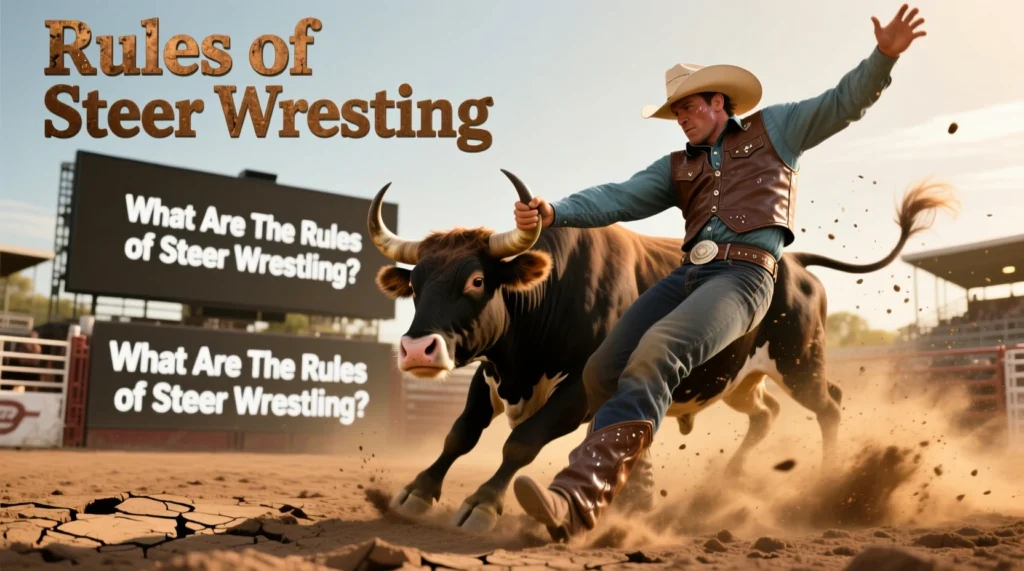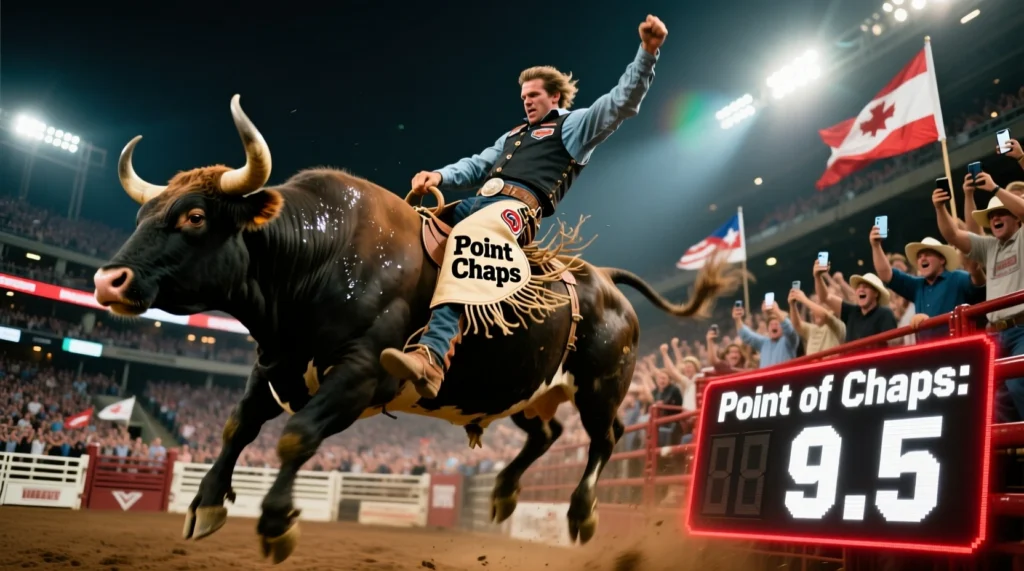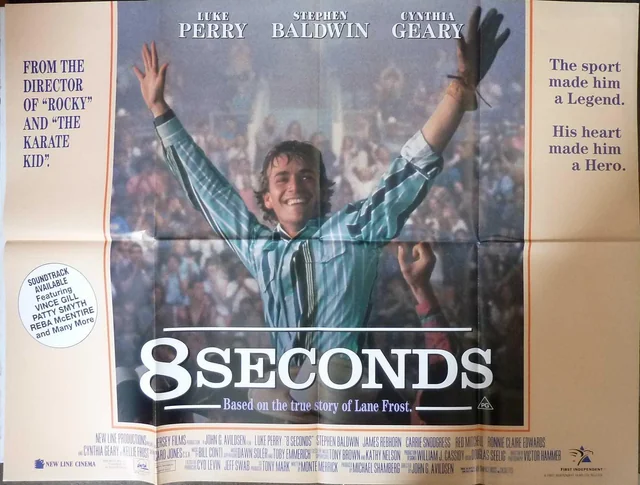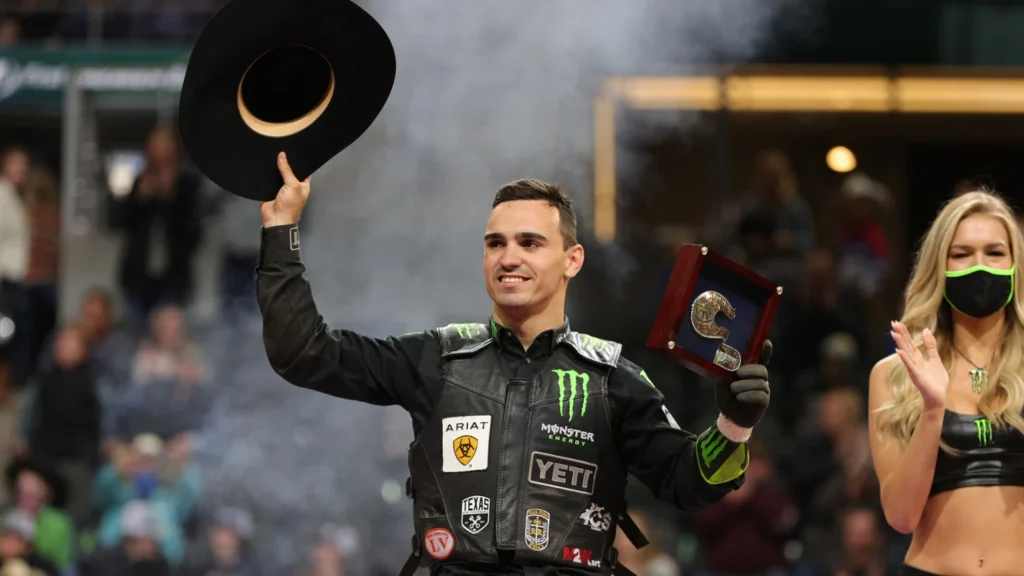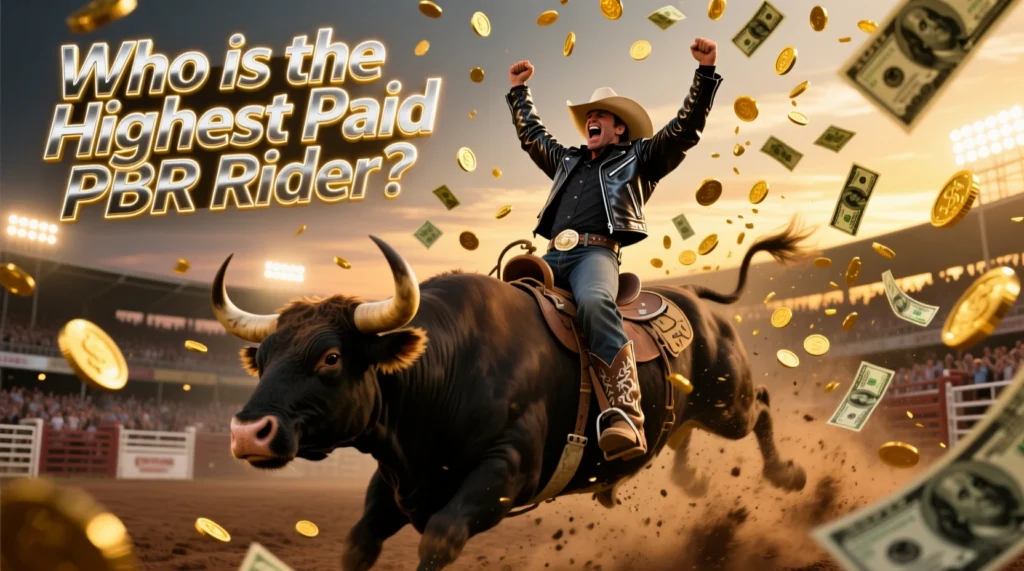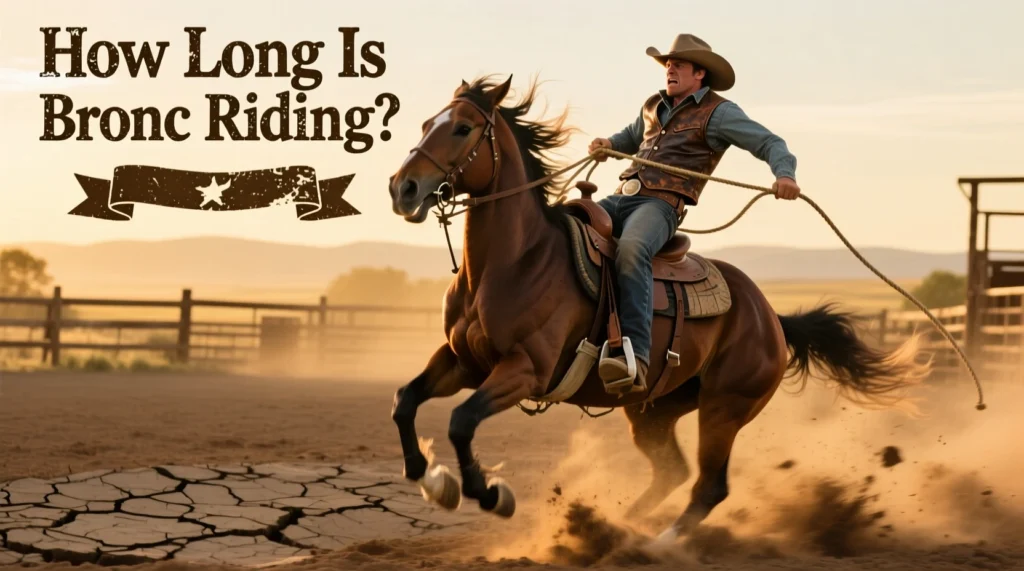Are Helmets Required in PBR Bull Riding? Find out if helmets are required at Professional Bull Riders (PBR) events. Explore the evolution of bull riding safety, helmet rules, injury statistics, expert opinions, and original insights on protective gear.
Table of Contents
The Problem: Head Injuries Plague Bull Riding
Bull riding is ranked as one of America’s deadliest sports, with concussions and traumatic brain injuries representing 50 percent of major incidents at rodeos. Historically, cowboy hats were the go-to headwear, but rising injury rates have forced a shift toward stricter safety standards – where tradition often collides with innovation.
Solution: PBR Helmet Requirements and the Shift to Safety
In 2013, the PBR responded to the alarming head injury statistics by mandating helmets for riders born after October 15, 1994. This means that younger competitors must wear certified protective headgear, while older professionals can still choose traditional hats. Onsite connection testing, withdrawal-from-competition protocols, and continued improvements in helmet design support this safety-first approach.
Key Stats:
- An estimated 800+ riders attempt the PBR permit annually.
- Concussions account for 16% of all bull riding injuries – the vast majority involving younger, higher-risk athletes.
- Since the adoption of the helmet rule, helmet use has become widespread, but full mandatory coverage for all ages is still debated.
Original Case Study: “Changing Attitudes, Saving Lives”
When the PBR first introduced helmets, many riders resisted, fearing a loss of their “cowboy image” and citing discomfort. Elite competitors like Ty Pozzobon, who suffered multiple setbacks, helped shift public perception toward prioritizing safety over tradition. Acceptance of the helmet grew rapidly as riders saw firsthand the difference in injury outcomes.
Helmet Adoption Timeline:
- Mid-1990s: Helmets introduced; strong resistance.
- 2013: PBR makes helmets mandatory for young riders.
- 2020s: Virtually all rookie riders wear helmets. Debate continues for older riders.
Expert Opinions for Are Helmets Required in PBR Bull Riding?
- Dr. Tandy Freeman, PBR Medical Director: “We have yet to see a statistically significant reduction in concussion rates, but helmets are still our best protection against catastrophic brain injuries”.
- Lachlan Richardson, Top PBR Rider: Stresses the importance of baseline connection tests, emphasizing recovery as key.
- Marnie Weissner, sports medicine doctor: Advocates expanding helmet laws to all ages and continued gear evolution for maximum safety.
Industry Statistics and Current Impact
- More than 52% of major rodeo injuries involve the head or brain – bull riders suffer the majority.
- A long-term study recorded 859 concussions in 2,000 incidents. Most of the cases involved bull riders.
- Modern helmets reduce the severity of skull fractures and traumatic brain injury, but not all concussions.
Frequently Asked Questions (FAQs)
Are helmets mandatory for every PBR rider?
No, only for those born after October 15, 1994.
Does helmet use reduce injuries?
Are Helmets Required in PBR Bull Riding? Helmets help prevent severe head trauma and skull fractures, but concussions remain common. Research on the effectiveness of helmets is ongoing.
Can older PBR riders wear cowboy hats instead of helmets?
Yes, older riders are not required to wear helmets but can opt for the added protection.
Has the helmet rule changed the culture of bull riding?
Younger riders have embraced helmets, creating a safety-oriented culture. Resistance has disappeared among most modern competitors.
Is there pressure for universal helmet rules?
Yes, medical experts and some event organizers advocate for a full-face helmet mandate for all ages to reduce injury rates.
Balancing Tradition with Safety
Are Helmets Required in PBR Bull Riding? America’s love for rodeo celebrates courage and tradition, but the high profile of career-ending head injuries is forcing a reassessment of the risk. Helmut’s principles represent a compromise – embracing progress while remembering the spirit of the shepherd. Generations clash on this issue, but statistics show that protective equipment is here to stay.

